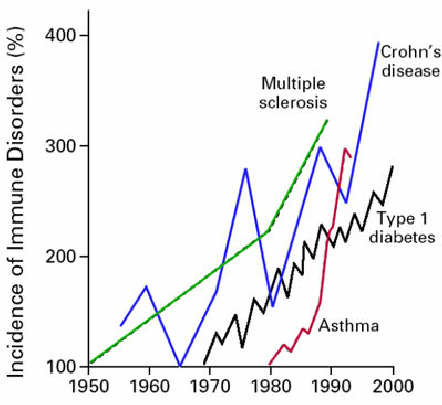
In the late 1950’s and early 1960’s, two notable things happened in history: (1) autoimmune diseases (including cancer) rates began rising rapidly, and (2) shoe manufacturers began mass production of rubber-soled shoes.
In an era now dominated by synthetic soled shoes and elevated living spaces, our connection to the Earth has been inadvertently severed.
Why does this matter?
A study by A. Clinton Ober and published in the ESD Journal in January 2000 delves into the effects of grounding the human body to neutralize bioelectrical stress stemming from static electricity and electromagnetic fields (EMFs). Notably, the study relies on qualitative assessments, challenging traditional quantitative methodologies, but offering compelling insights nonetheless.
Reconnecting with Nature: Throughout evolutionary history, humans maintained direct physical contact with the Earth, an intimate relationship that shaped our existence. However, modern lifestyles have insulated us from this grounding force, leading to an accumulation of static electricity and disruptions in our bioelectrical systems. The study posits that this loss of natural ground leaves us vulnerable to stress-induced health ailments and sleep disturbances.
The Impact of Disconnection: The consequences of disconnection reverberate throughout our bodies, manifesting as chronic muscle tension, joint pain, and compromised sleep quality. With the omnipresence of EMFs in our modern environment, the body becomes inundated with unnatural weak electric currents, further exacerbating these issues. The alarming rise in stress-related health conditions underscores the urgency of addressing this disconnect between humans and the Earth.
Exploring Solutions: In pursuit of solutions, the study investigates the efficacy of restoring natural ground to the body. By utilizing dissipative carbon fiber mattress pads connected to an earth ground, participants were able to reintegrate with the Earth’s natural electrical rhythms. The results were profound, with improvements observed in sleep quality, muscle relaxation, and overall well-being.
A Paradigm Shift: The implications of this study extend far beyond the realm of grounding practices. It challenges biologists studying endogenous bioelectricity to consider the profound influence of exogenous factors on our physiological processes. By bridging the gap between environmental factors and internal bioelectricity, researchers can gain deeper insights into holistic approaches to health and wellness.
Conclusion: In conclusion, the study by A. Clinton Ober underscores the importance of grounding the human body to mitigate bioelectrical stress and promote overall well-being. While qualitative in nature, its findings resonate deeply with the growing body of research on the interconnectedness of humans and their environment. As we navigate the complexities of modern living, embracing practices that reconnect us with the Earth may hold the key to unlocking optimal health and vitality.
